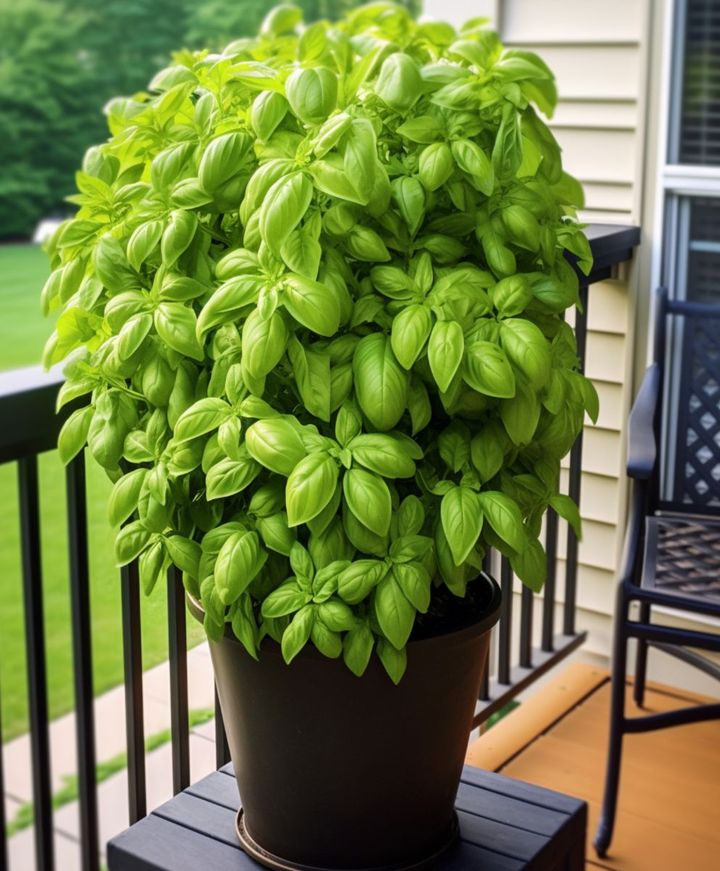5. Watering
ADVERTISEMENT

ADVERTISEMENT
Grow the largest basil bush in a pot with this step-by-step guide
Basil prefers consistent moisture but does not like to sit in waterlogged soil. Water the plant when the top inch of the soil feels dry to the touch. Be mindful not to overwater, as this can lead to root rot. Using a watering can or a gentle spray nozzle on a hose can help prevent the soil from becoming compacted.
6. Fertilizing
To encourage robust growth, feed your basil bush with a balanced liquid fertilizer every two to three weeks during the growing season (spring to early fall). Follow the manufacturer’s instructions for the correct dosage, as over-fertilizing can harm the plant.
7. Pinching and Pruning
Regular pinching and pruning are essential for stimulating bushier and healthier basil growth. Pinch off the top two sets of leaves when the plant reaches about six inches in height. This encourages branching and prevents the basil from becoming leggy.
8. Provide Support
As your basil bush grows, it may become top-heavy and susceptible to falling over. Consider providing support with a stake or bamboo rod tied loosely to the main stem. This will help keep the plant upright and prevent damage.
9. Pests and Diseases
Keep an eye out for common basil pests, such as aphids and spider mites. Regularly inspect the leaves for any signs of infestation. If you notice any problems, treat the plant with a natural insecticidal soap or neem oil to keep the pests at bay.
10. Harvesting
Once your basil bush reaches a substantial size, you can start harvesting the leaves. Pinch or snip off individual leaves or cut entire stems just above a node (where leaves join the stem) to encourage continuous growth. Remember not to harvest more than one-third of the plant at once, allowing it to continue thriving.
ADVERTISEMENT
ADVERTISEMENT
